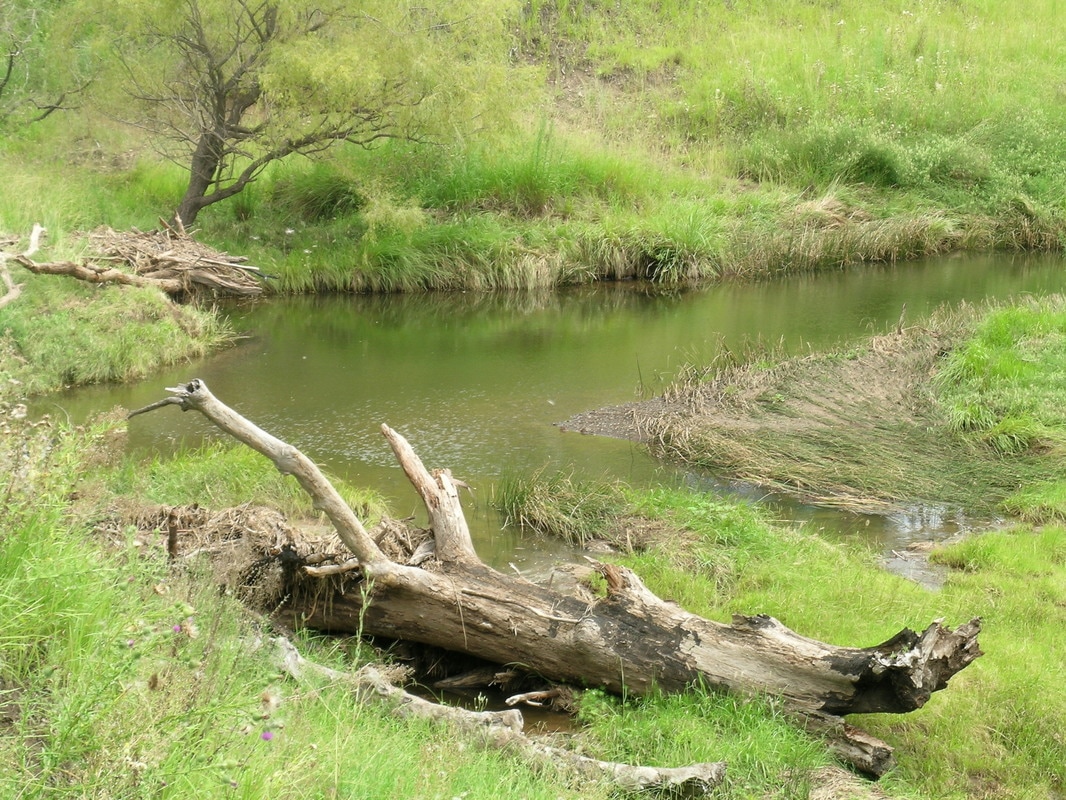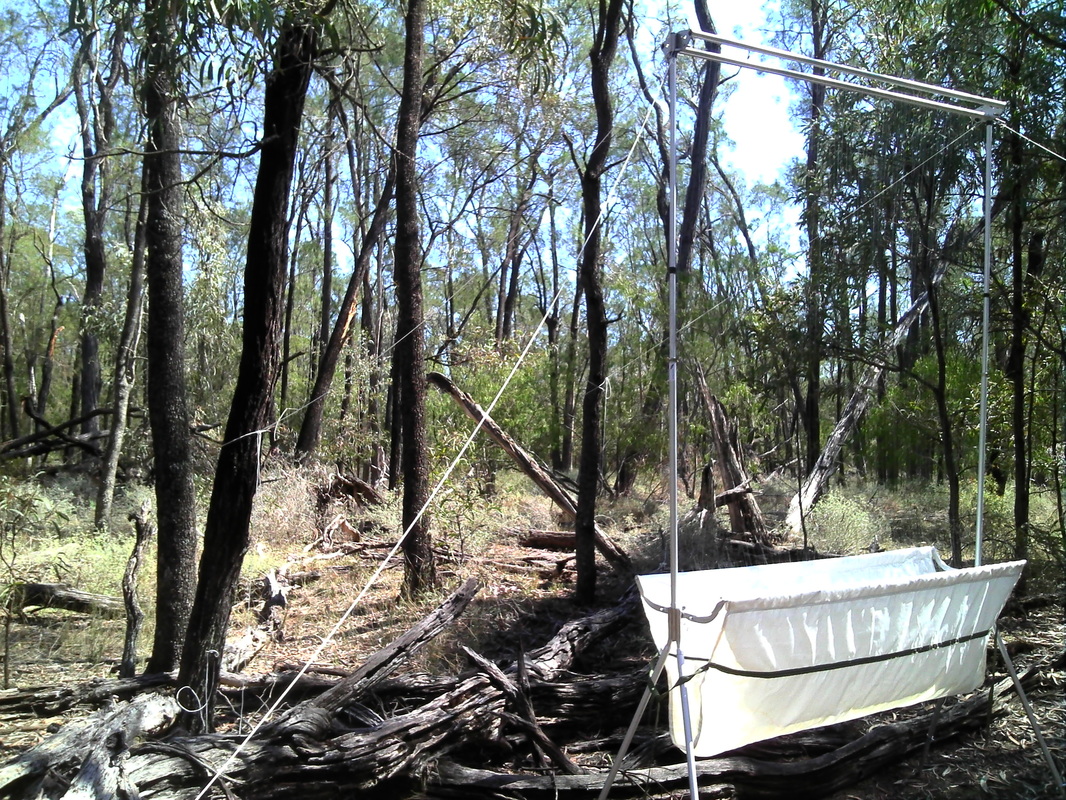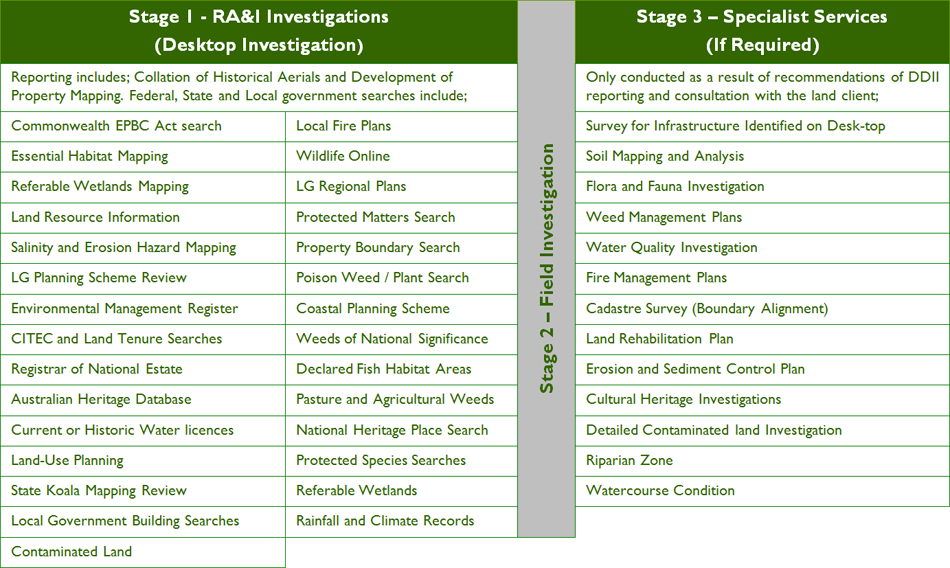We provide:
|
|
Due Diligence Investigations
|
Many companies fail to conduct a comprehensive Due Diligence Investigation (DDI) during the initial project planning phases. They risk issues such as project delays, unplanned costs and additional Commonwealth or State conditions that could be prevented by even the most basic investigation of the constraints the Mining Development Lease (MDL), Petroleum Lease (PL) etc. may have on it.
Many of the larger resource companies conduct investigations at the planning stage to ensure there will be no surprises during development, and to assist in budgeting. During the early planning phase, and before development has started, ask yourself these questions:
|
These questions all have answers that may affect the company’s bottom line, project timelines and budget. An initial small investment can save huge liabilities in the longer term. CROSSROADS Rural & Environment can provide you with the full suite of answers because we know the land, the legislation, the processes, forms, licences, databases and Government departments… we have the expertise. |
About CROSSROADS Rural & Environment's service
|
CROSSROADS Rural & Environment completes the full suite of Due Diligence Investigation services tailored to each client’s needs.
We have ecologists, planners, environmental engineers and mapping capability, and agricultural specialists available to ensure you receive the correct advice. We also ensure we have personnel available outside of normal business hours should you require clarification on any issue. For each Due Diligence Investigation (DDI), we will:
|
Each report is written without confusing acronyms or, if acronyms are used, a glossary of terms is provided to explain them. |
Before development, consider the possible consequences of not investing in a Due Diligence Investigation.




